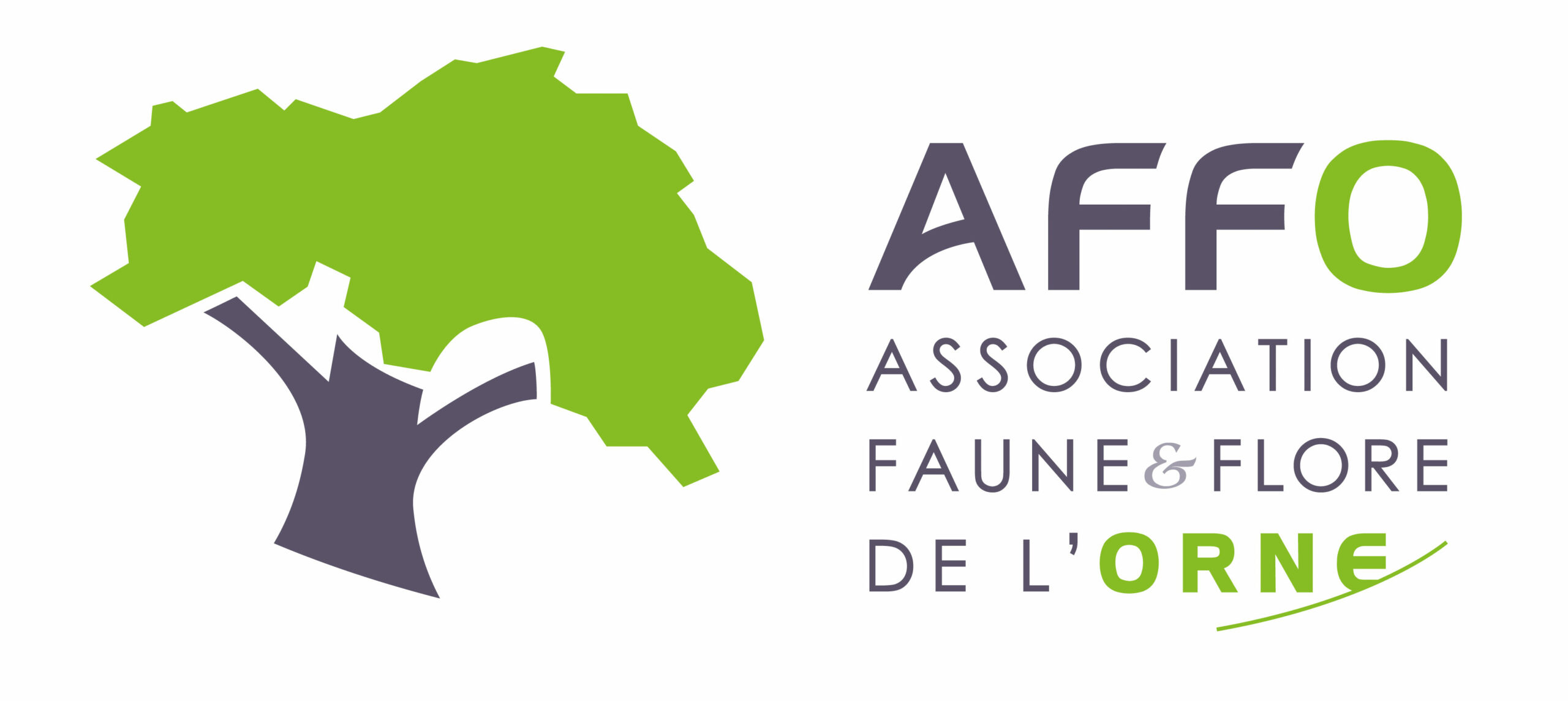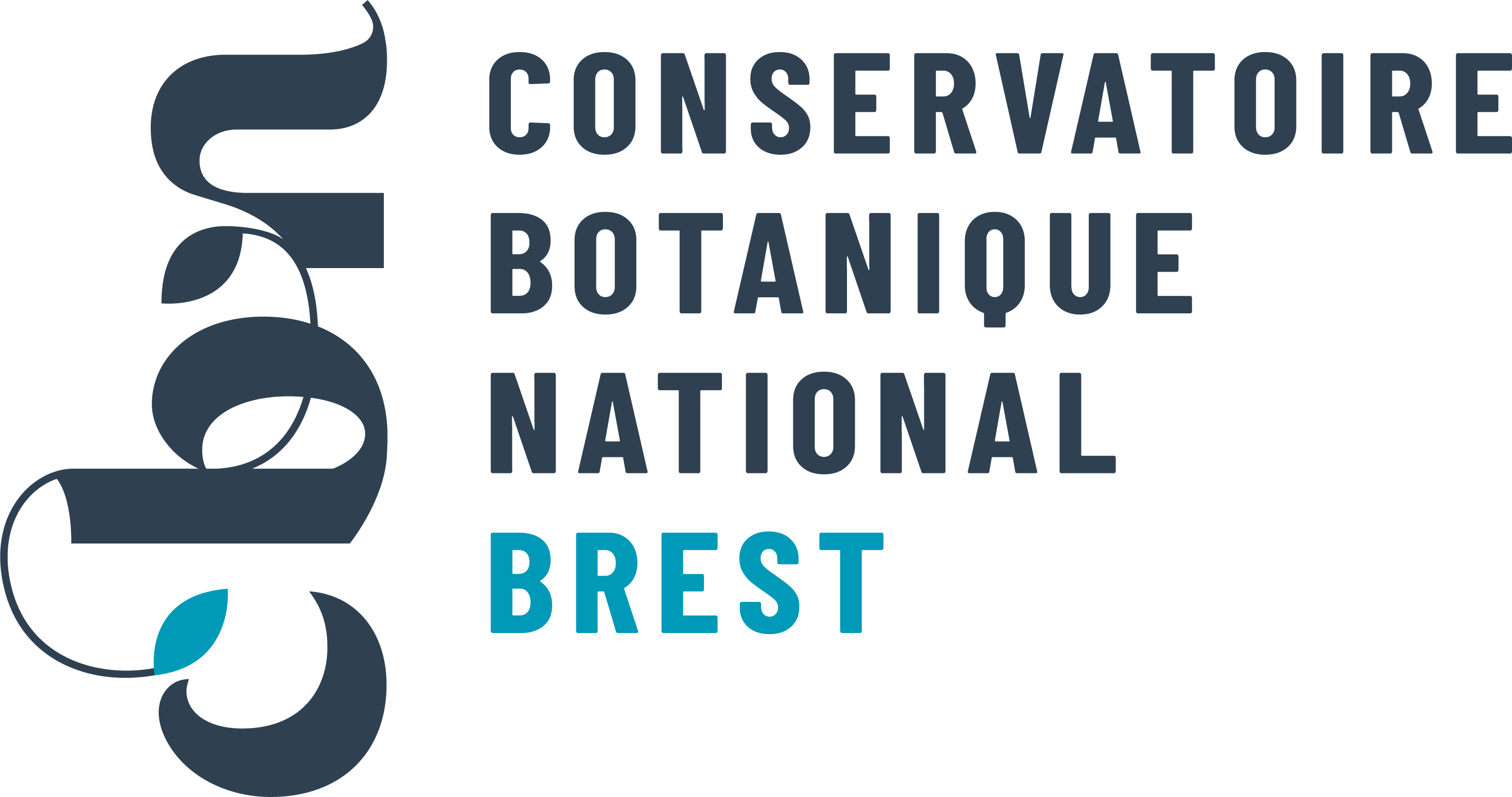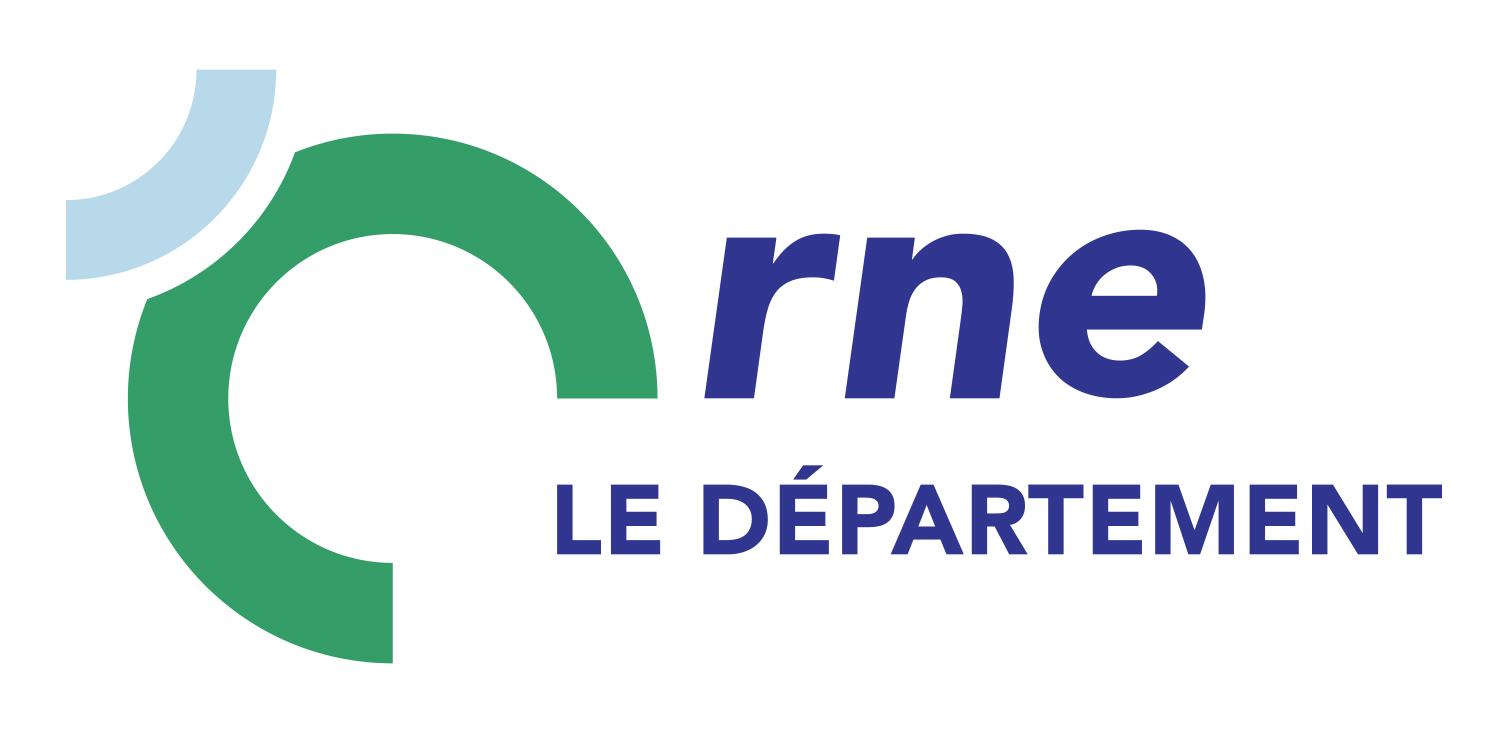Millepertuis des marais
Hypericum elodes L., 1759

Où cette espèce a-t-elle été observée ?
 Attention : cette espèce peut être présente où il n’y a pas de maille, mais à ce jour elle n’y a pas encore été observée.
Attention : cette espèce peut être présente où il n’y a pas de maille, mais à ce jour elle n’y a pas encore été observée.
- 126 observations
-
12
communes -
42
observateurs
10
organismes -
Première observation
1859 -
Dernière observation
2025
Charencey - Feings - La Chapelle-Fortin - La Ferté-Vidame - Le Mage - L'Hôme-Chamondot - Longny les Villages - Manou - Moutiers-au-Perche - Sablons sur Huisne - Senonches - Tourouvre au Perche
-
Association Faune & Flore de l'Orne (AFFO)
Participation à 47 Observations
Part d'aide à la prospection : 37.30 %
Fiche organisme
-
Conservatoire botanique national du Bassin parisien (CBNBP)
Participation à 47 Observations
Part d'aide à la prospection : 37.30 %
Fiche organisme
-
Conservatoire Botanique National de Brest (CBNB)
Participation à 41 Observations
Part d'aide à la prospection : 32.54 %
Fiche organisme
-
PNR et géoparc mondial UNESCO Normandie-Maine
Participation à 35 Observations
Part d'aide à la prospection : 27.78 %
Fiche organisme
-
UMS PatriNat (OFB-CNRS-MNHN)
Participation à 14 Observations
Part d'aide à la prospection : 11.11 %
Fiche organisme
-
Ministère de la Transition écologique et de la Cohésion des territoires
Participation à 12 Observations
Part d'aide à la prospection : 9.52 %
Fiche organisme
-
Conseil départemental de l'Orne (bureau ENS)
Participation à 5 Observations
Part d'aide à la prospection : 3.97 %
Fiche organisme
-
Institut floristique franco-belge (IFFB)
Participation à 2 Observations
Part d'aide à la prospection : 1.59 %
Fiche organisme
Informations espèce
C3.414 : Gazons riverains à Baldellia
Répartition actuelle en France métropolitaine
© INPN - Avertissement : les données visualisables reflètent l'état d'avancement des connaissances et/ou la disponibilité des données existantes au niveau national : elles ne peuvent en aucun cas être considérées comme exhaustives.
Répartition actuelle dans le monde
Avertissement : les données visualisables reflètent l'état d'avancement des connaissances et/ou la disponibilité des données existantes au niveau mondial : elles ne peuvent en aucun cas être considérées comme exhaustives.













